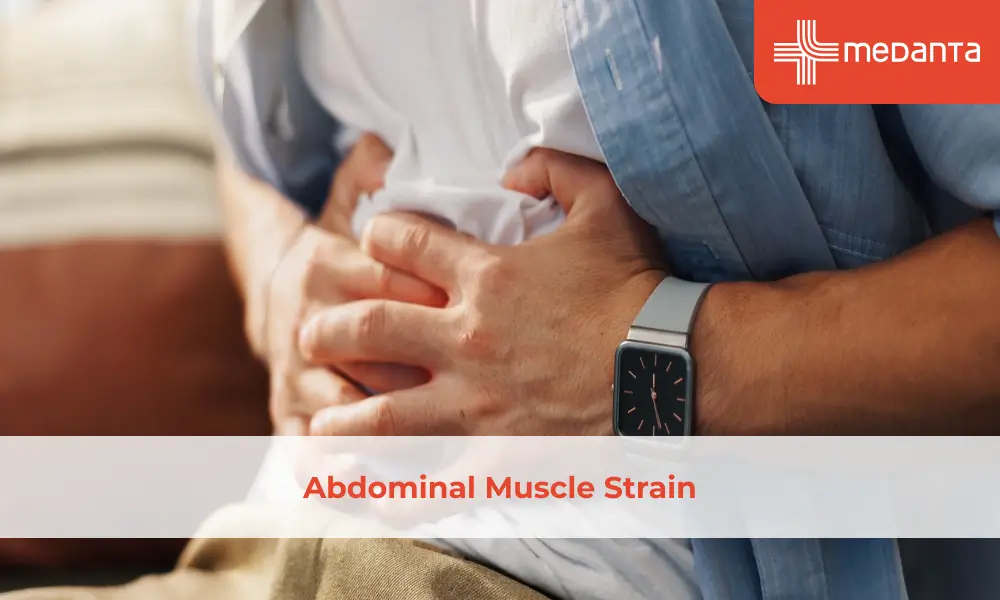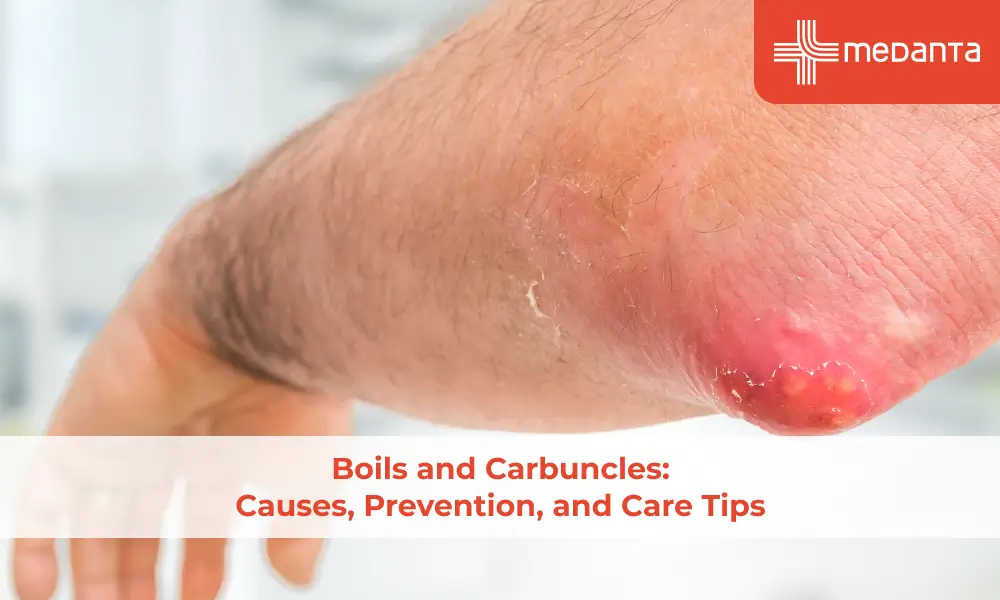First Aid in Choking: Don’t Be Afraid, Try First Aid to Save Someone from Choking!

Choking happens entirely suddenly and gives us all a fright! Although it may happen to anybody at any age, people who eat carelessly are particularly susceptible to choking. However, it is not only food items that cause choking; in some situations, swelling in the mouth or throat, or fluids, like blood or vomit, can obstruct the airway entirely or partially, causing choking.
First aid and choking have a positive relationship since in most situations, proper first aid can help the person choking! It's critical to intervene fast since a person who is choking might fall unconscious and die very rapidly. So, if you are wondering choke what to do, keep reading and find out!
What is Choking?
The windpipe, or trachea, allows air to reach the lungs, but when a foreign item enters the trachea rather than the esophagus (food pipe), such as a hard lump of food, it can induce choking. A strong cough will probably force the object out if it is at the tracheal entry position. Coughing may also stop the item from traveling farther down the trachea if it has passed the epiglottis. What’s frightening, an inhaled item may occasionally totally shut down the airway.
Given that the brain can only function without oxygen for a short period of time, choking may be a potentially fatal medical emergency. First aid and choking have a connection because if first aid is administered correctly and quickly, it can save the life of someone who is choking. Remember, adults and children need different first aid procedures!
After first aid is successfully performed, and the victim feels better, it is okay not to visit the doctor. However, if the victim becomes unconscious, emergency medical help is necessary, and you should either call emergency services or take the victim to the emergency room of a hospital immediately.
Choking Symptoms to Look Out for
A partial obstruction of the airway can prevent breathing, and speaking, and cause coughing. Among the most common choking symptoms are:
Coughing frantically
Strange breathing noises, like wheezing
Incapacity to speak loudly
Teary eyes
Breathlessness
The patient may exhibit some or all of the symptoms listed above, such as making strong attempts to breathe, turning pale and then blue from a lack of oxygen (cyanosis), and finally collapsing into unconsciousness. Unconsciousness happens if their airway is totally clogged and they are unable to breathe, or cough at all. In such cases, management of choking by first aid providers is absolutely necessary.
First Aid for Choking
First aid for choking depends on the condition of the person and their age, so take a look here:
If the person is conscious:
Perform Heimlich Maneuver
The Heimlich maneuver is a choking rescue technique used in first aid! When food or another foreign object gets lodged in a person's throat or windpipe, they are said to be choking. Abdominal thrusts are another name for the Heimlich technique, and it may be used on both adults and children in various ways as an effective choking treatment.
By making rapid, upward thrusts behind the rib cage, a person may use the air still in their lungs to remove a foreign item from their esophagus.
The technique remained the most often used first-aid for choking victims. The Heimlich technique became popular for usage on conscious adults experiencing choking! Healthcare professionals continue to advise CPR for unconscious adults, children, and infants as well as backslaps, or back blows, for newborns.
Does Heimlich Maneuver have risks? Medical professionals view the Heimlich technique as a rapid, safe way to save lives. Doing the Heimlich technique does not require any medical expertise or training, however, you risk grave injury to the patient if you don't carry out the Heimlich choking treatment correctly.
Issues may arise if, after several thrust attempts, you are unable to remove the foreign item. Breached ribs and perforations in the gastrointestinal tract are the most frequent consequences of the Heimlich technique. Although there are other uncommon stomach issues that might occur, medical professionals still advise using the Heimlich technique if it's a life-threatening emergency.
If the person is unconscious:
When a person falls unconscious after choking, the first aid provider must search the mouth and throat for any obvious items that could be obstructing their airway and then remove them if they are found. The tongue can be obstructing the airway if the person does not begin to breathe, so, the rescuer elevates the chin and tilts the victim's head back slightly, which causes the tongue to move and opens the airway. It is possible to administer mouth-to-mouth rescue breaths if the patient is not breathing, but if the patient’s chest does not rise, it means that the airway is still obstructed!
Cardiopulmonary Resuscitation (CPR) for Choking
If you get nervous thinking choke what to do, CPR can be another method! The steps involved in performing CPR as a management of choking are as follows:
Lay the victim on their back on a hard surface, such as the floor.
Lay one hand's heel against the person's lower breastbone, then place the other hand on top of the first and interlock your fingers. Only the heel of your hand should be on the person's chest.
Apply a firm, steady pressure thirty times over the chest. Stop for two minutes, and repeat at the pace of five cycles.
Gently tilt the patient’s head back, squeeze their nose shut, cover their lips with yours to form a seal, and give them a forceful blow.
Start compression again. Only cease CPR when the victim recovers.
Final Remarks
Every second matters when someone is unable to breathe due to an obstruction (blockage) in their upper airway. Quickie application of first aid, such as the Heimlich technique, has the potential to save lives. Although you don't need to be trained in medicine to execute it, it's a good idea to be aware of the procedure because choking hazards can happen anytime to anyone.
If the victim starts breathing normally after first aid, usually this means the danger is over and the person is alright! However, if the person falls completely unconscious, one must contact emergency services immediately or take the victim to the emergency room.
In such a situation, give a call to Medanta and receive emergency help!






